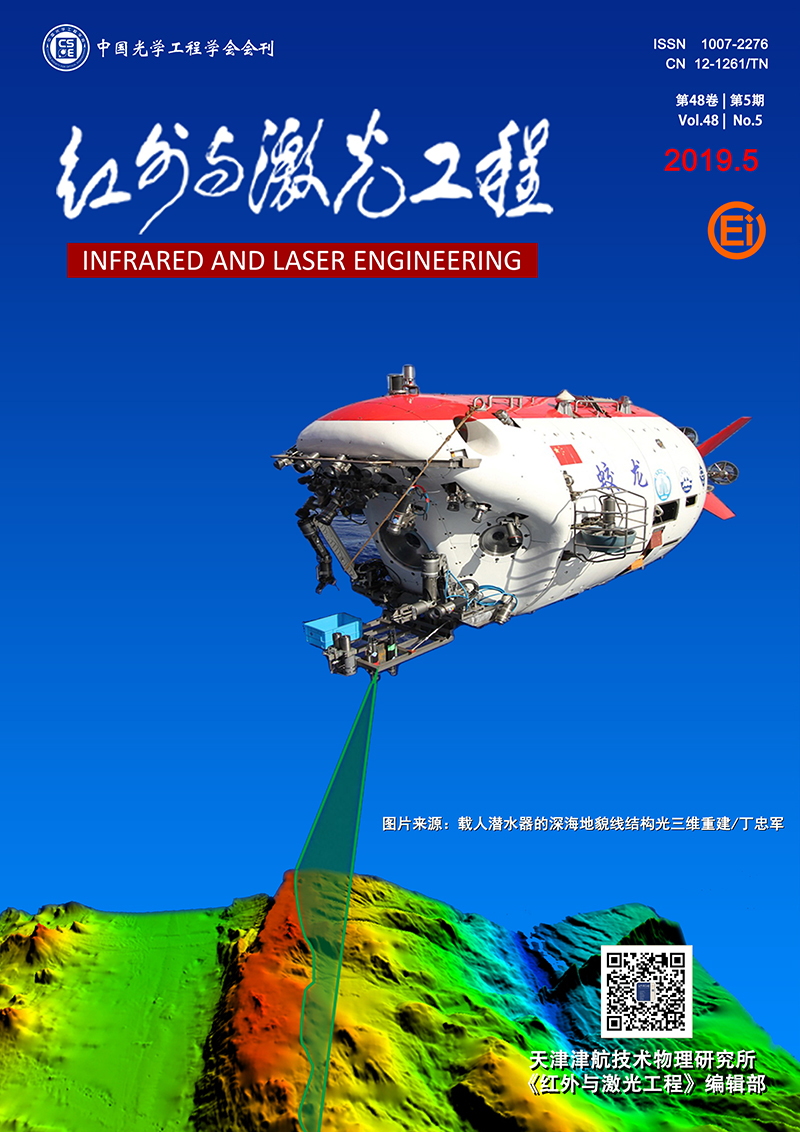|
[1]
|
Li Chuanyu, Kong Hui, Tang Yuguo, et al. Aluminum nitride lamb wave piezoelectric resonators based on ultra thin silicon substrates[J]. Optics and Precision Engineering, 2018, 26(2):371-379. (in Chinese) |
|
[2]
|
Wei Jiatong, Chen Liwei, Liu Zhiyuan, et al. An advanced integrated avalanche photodiode with Si and Ge material[J]. Infrared and Laser Engineering, 2016, 45(S1):S120002. (in Chinese) |
|
[3]
|
Hou Fucheng, Song Helun, Zeng Dajie, et al. Optimized combining circuit for 126 W Doherty power amplifier[J]. Infrared and Laser Engineering, 2016, 45(4):0420001. (in Chinese) |
|
[4]
|
Song Cheng, Liu Gang, An Feng. Analysis of the necessity of analog interphone upgrading to digital interphone[J]. Chemical Design Communications, 2016, 42(4):182-182. (in Chinese) |
|
[5]
|
Luo Qianwen. The arrival of the digitalization of interphone[J]. Mobile Communications, 2010(22):95-96. (in Chinese) |
|
[6]
|
Zhang Lisen, Xing Dong, Xu Peng, et al. 70 nm gate-length InAs PHEMTs with maximum oscillation frequency of 640 GHz[J]. Infrared and Laser Engineering, 2016, 45(7):0720004. (in Chinese) |
|
[7]
|
Guan Xiaowei, Wu Hao, Dai Daoxin. Silicon hybrid surface plasmonic, nano-optics-waveguide and integration devices[J]. Chinese Optics, 2014, 7(2):181-195. (in Chinese) |
|
[8]
|
Li Tong, Zhang Meiling, Wang Fei, et al. Fabrication of optical waveguide amplifiers based on bonding-type NaYF4:Er nanoparticles-polymer[J]. Chinese Optics, 2017, 10(2):219-225. (in Chinese) |
|
[9]
|
Mamatha R Maheshwarappa, Christopher P Bridges. Software defined radios for small Satellites[C]//Adaptive Hardware and Systems (AHS), 2014 NASA/ESA Conf, 2014:172-179. |
|
[10]
|
Anand L, Kumar N, Kanesan J. Technique to characterise transient behavioural of multistage RF power amplifier for two-way radio applications[J]. Iet Circuits Devices Systems, 2017, 11(4):404-408. |
|
[11]
|
Alan V Oppenheim. Signals and Systems[M]. Beijing:Publishing House of Electronics Industry, 2007. (in Chinese) |
|
[12]
|
Dong Mingli, Li Bo, Zhang Fan, et al. Detection of periodic microstructure defect based on optical Fourier transform[J]. Optics and Precision Engineering, 2017, 25(7):1727-1737. (in Chinese) |
|
[13]
|
Zhou Xia, Sun Tianjiao, Wang Yingxiang. Research on digital interphone detection method[J]. China Radio, 2014(7):64-66. (in Chinese) |
|
[14]
|
Luo H, Siek L. An output-capacitor-less low-dropout voltage regulator with high power supply rejection ratio and fast load transient response using boosted-input-transconductance structure[C]//IEEE International Conference on Electron Devices and Solid-State Circuits. IEEE, 2015:447-450. |
|
[15]
|
Qu X, Zhou Z K, Zhang B. Ultralow-power fast-transient output-capacitor-less low-dropout regulator with advanced adaptive biasing circuit[J]. Circuits Devices Systems Iet, 2015, 9(3):172-180. |









 DownLoad:
DownLoad: